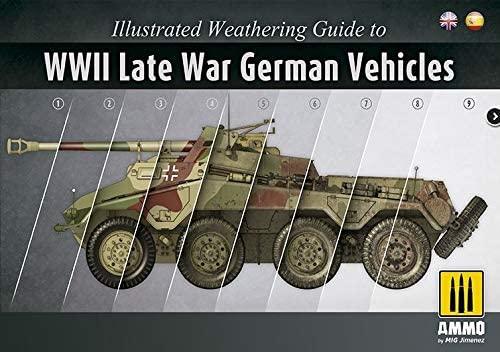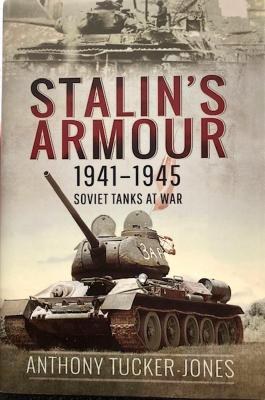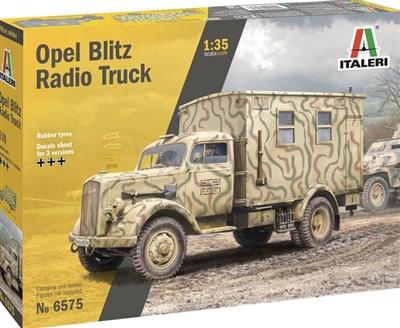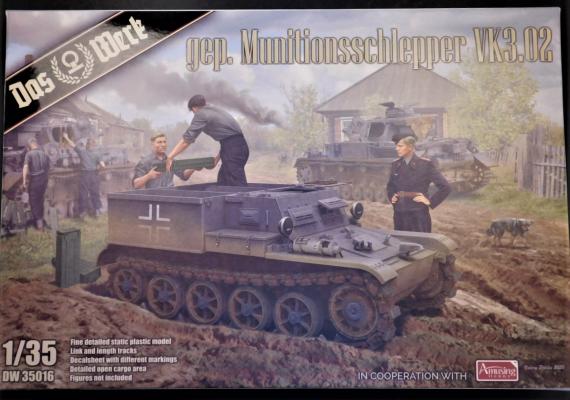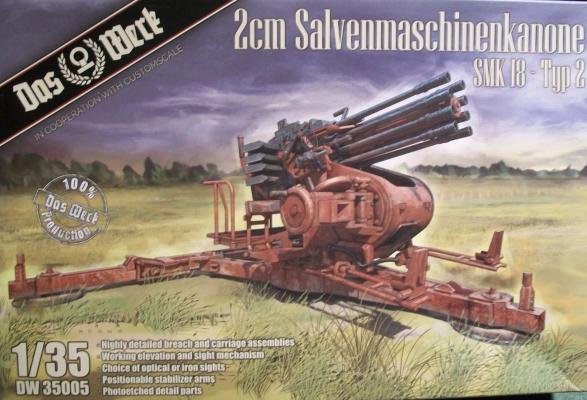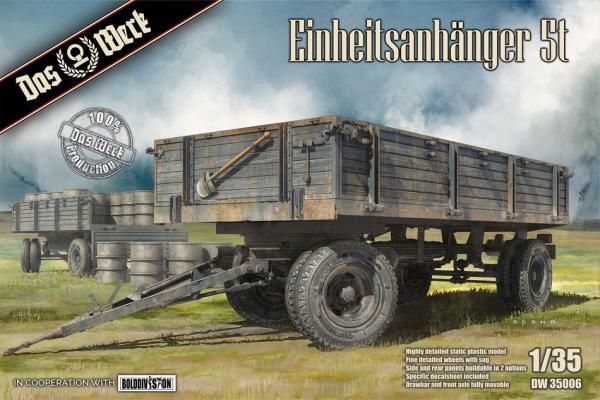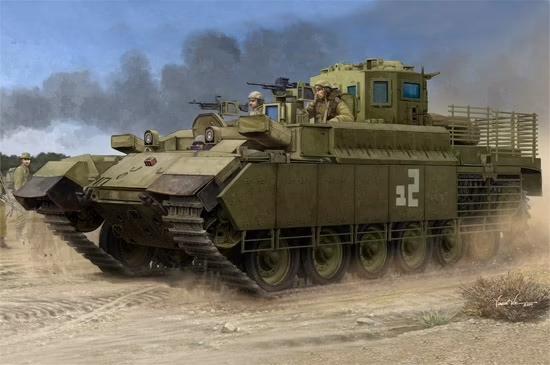It is arguably safe to assume that most modelers who visit the IPMS Reviews website know a thing or two about assembling models, at least. I think it is also safe to assume that most Armor modelers know that you don’t need to start painting until well into the assembly process, many times not until the very end of the build. That is where Mig Jimenez’s recent offering starts – he takes the armor modeler from an assembled kit through to the finish line.
The Illustrated Weathering Guide to WWII Late War German Vehicles takes a dive into finishing ten iconic late-war German AFV’s, and while no can argue that (one) goal of this book is to market Ammo products, the information contained between the covers is still both valuable and informative. Let’s face it – Ammo by Mig produces (or re-brands) many of the very best products available to modelers, and a ‘how-to’ book using those very products makes for an excellent great quick-reference guide.

